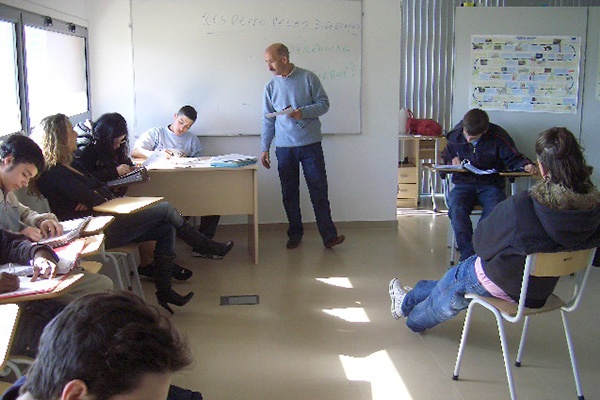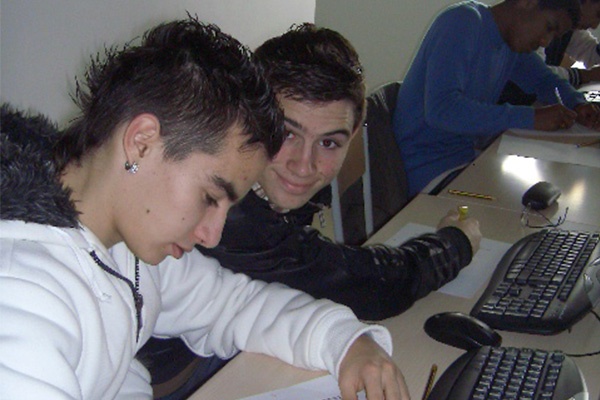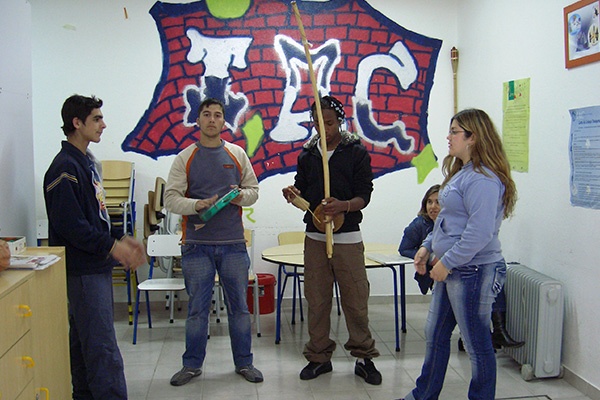Project: Ação Educar e Formar para Inserir (AEFI, ingl. Educate and Train to Include)
Description
The AEFI is structured in three distinct but complementary axes:
Personal Axis
Component of complementary training that involves the psychosocial monitoring (based on the elaboration of individual plans for each trainee, with their own contribution, that of the team and the partners involved) and the implementation/development of a Personal and Social Skills Training Programme.
In this Component, active and participatory methodologies are used, such as group dynamics and role plays in order to give voice and stimulate the participation of young people, enhancing the applicability in their daily life. On the other hand, as a means of strengthening relational skills pedagogical recreational techniques are used, namely: socio-educational visits, workshops and controlled risk activities.
Schooling Component
Component where the school contents are taught (modular training that gives the level of the 4th, 6th and 9th grade of schooling), which does not obey the logic of the school year and which allows to personalize the path of each student.
Professional Component
Component aimed at the acquisition of professional skills necessary for integration into the labour market, through experiences in a real work context.
Area of Intervention
Education and Social
Target Group
Young people between the ages of 14 and 18, who are at risk and/or in danger, for whom integration responses in the area of education and training have been exhausted. They have low schooling and/or abandonment or high school absenteeism, some of them are carrying out educational measures in their environment or having been referred by entities with competence in the field of childhood and youth.
General Objectives
- To promote the development of personal/social skills and the acquisition of knowledge in the school/professional area that allow the construction of a healthy life path and social inclusion, by changing behaviors and attitudes.
Scope (National or International)
National
Identification of External Partnerships
- ESAN - European Social Action Network
- Carrefour International Foundation
- Carrefour Nacional
- Ministry of Labour and Social Solidarity - Programme for the Prevention and Elimination of the Exploitation of Child Labour (PETI)
- D. Dinis Secondary School
- General Directorate of Social Reintegration
- East Lisbon Children and Youth Protection Commission
- Santa Casa da Misericórdia de Lisboa
Communication between intervening services and overlapping areas
National and International Cooperation
Implementation Period
Main Results
Around 250 applications were received, covering 100 trainees, of whom 80% were certified and the same number continued their studies via vocational training and 60% were part of the labour market.
Photo Gallery







